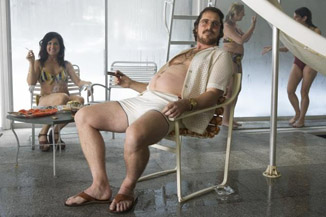|
|
They Shoot Oscar Prognosticators, Don't They?A Primer on Preferential VotingBy J Don BirnamFebruary 19, 2014
The second thing that becomes clear is that the preferential ballot system many times produces results similar to straight up voting. What it boils down to is still this: what movies do most people like? Eventually, a movie with the right combination of #1 votes to start and high numbers across the other ballots that do not pick it #1 will eventually float up to the top. It sounds simple to the point of stupid to say that all that matters is what movies are most popular, but to see it play out in terms of the preferential ballot process really demystifies the procedure to a great degree. But here is a corollary and how preferential voting most differs from regular voting: a controversial or divisive movie has no chance to win under preferential voting. Under regular voting, it was theoretically possible for a movie that a lot of people hate to win if it got, say, 250 out of the hypothetical 1,000 votes, if the remaining movies split the field up evenly. In that scenario, a full three-quarters of the Academy may hate a movie and that movie could win anyway. Under preferential voting, that movie needs to climb up to 501, and if it is hated by the three-quarters that did not select it as #1, it will obviously not rank high enough in their ballots to win. Thus, under preferential voting, consensus candidates win - choices that are at least “OK” to at least half the people voting.
|

|
|
|

|
Friday, April 19, 2024
© 2024 Box Office Prophets, a division of One Of Us, Inc.


